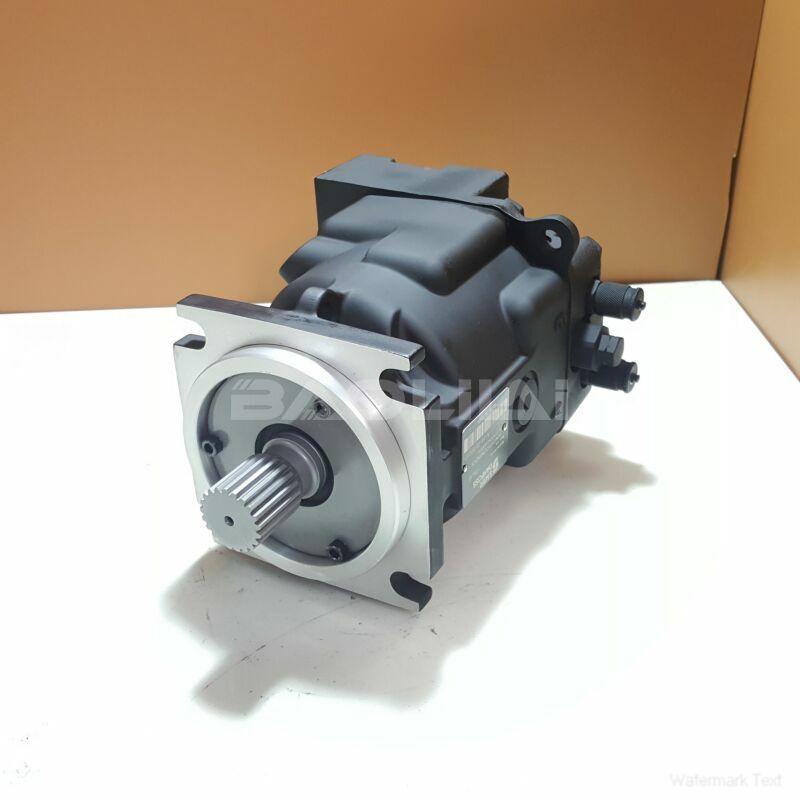90M100NC0N8N0C6W00NNN0000E4 high pressure motor
90M100NC0N8N0C6W00NNN0000E4 high pressure motor

- Product Details
- Applicable Scene
As technology continues to evolve at a rapid pace, the medical and healthcare industries are increasingly benefiting from innovative solutions that improve patient care, enhance operational efficiency, and drive better health outcomes. Among these innovations, hydraulic motors are emerging as a critical component in a variety of applications. Their potential for adaptability and precision positions them well for future advancements in the medical field.
90-M-100-NC-0-N-8-N-0-C6-W-00-NNN-00-00-E4
90M100NC0N8N0C6W00NNN0000E4
Hydraulic motors are known for their robust performance and power density, making them ideal for applications that require high torque and precision control. These attributes are particularly valuable in healthcare settings, where equipment reliability and operational efficiency are paramount. As medical devices become more intricate and patient needs become more specialized, the demand for hydraulic motors that can deliver precise motion control in surgical robots, prosthetics, and other medical technologies is expected to grow.

83001712
One of the most promising applications of hydraulic motors in medicine is in the field of robotic surgery. Robotic surgical systems utilize hydraulic actuators to achieve high levels of dexterity and precision, allowing surgeons to perform minimally invasive procedures with enhanced control. As the demand for robotic-assisted surgeries increases, we can expect further integration of advanced hydraulic systems that allow for smoother operation and improved patient outcomes.
In addition to robotic surgery, hydraulic motors are likely to play an important role in the development of advanced prosthetic devices. Innovations in hydraulic technology can lead to prosthetics that closely mimic the movements of natural limbs. By incorporating hydraulic systems that can adjust pressure and movement dynamically, users can experience greater comfort and functionality. Future developments could see hydraulic motors providing real-time feedback, adapting to the user’s movements and enhancing their quality of life through improved mobility.





